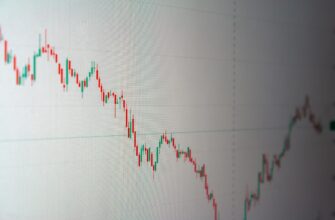What Is the Bitcoin Halving?
The Bitcoin halving is a pre-programmed event that reduces the block reward miners receive by 50%. Occurring every 210,000 blocks (roughly every four years), it ensures Bitcoin’s scarcity by slowing the rate of new supply. The next halving, expected in April 2024 at block 840,000, will drop rewards from 6.25 BTC to 3.125 BTC per block. Historically, halvings have sparked major price rallies due to reduced selling pressure from miners.
Why Accuracy Matters in the Bitcoin Halving Countdown
An accurate countdown helps investors and miners prepare for market shifts. Key reasons include:
- Mining Profitability: Miners need time to upgrade hardware or adjust operations as rewards shrink.
- Investment Timing: Traders use the event to anticipate volatility and position their portfolios.
- Market Sentiment: Precise tracking minimizes speculation and FOMO-driven decisions.
Top Tools for Tracking the Most Accurate Bitcoin Halving Countdown
These platforms offer real-time updates and analytics:
- CoinGecko: Tracks block height, time remaining, and historical halving data.
- Binance Countdown: Features a live timer with price trend analysis.
- Bitcoin Clock: Displays blocks mined, average block time, and reward projections.
- CoinMarketCap: Integrates countdowns with market cap and trading volume metrics.
How to Use a Bitcoin Halving Countdown to Your Advantage
- Monitor multiple countdown tools to cross-verify accuracy.
- Analyze past halvings to identify price patterns and liquidity trends.
- Adjust mining strategies by calculating post-halving break-even costs.
- Set price alerts for volatility windows around the event.
Bitcoin Halving Countdown FAQs
Q: Can the Bitcoin halving be delayed?
A: No—it’s tied to block height, not time. However, slower block production could push the date slightly.
Q: How does halving affect Bitcoin’s price?
A: Reduced supply often triggers bull runs, but macroeconomic factors also play a role.
Q: Why do countdown estimates vary?
A: Block times average 10 minutes but fluctuate based on network activity.
Q: How often do halvings occur?
A: Every 210,000 blocks, approximately every four years.








